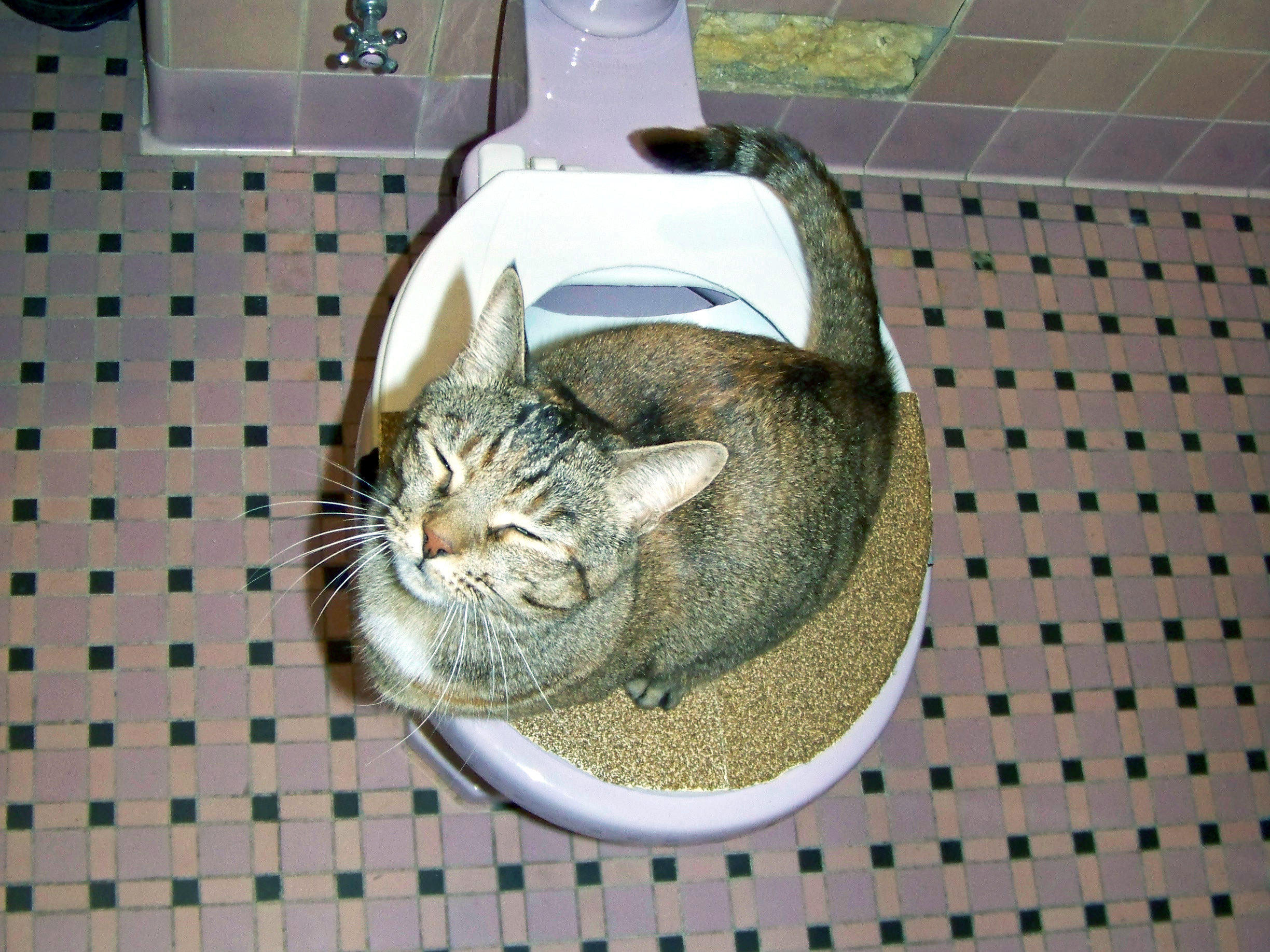Hazards of Flushing Cat Poop Down Your Toilet - Prevent Possible Problems
Hazards of Flushing Cat Poop Down Your Toilet - Prevent Possible Problems
Blog Article
Were you looking for help and advice about Don’t flush cat feces down the toilet?

Intro
As cat proprietors, it's essential to bear in mind how we throw away our feline pals' waste. While it may appear convenient to flush pet cat poop down the commode, this practice can have damaging consequences for both the atmosphere and human health.
Environmental Impact
Purging cat poop presents harmful microorganisms and bloodsuckers into the water, posing a considerable threat to aquatic environments. These contaminants can negatively affect aquatic life and compromise water high quality.
Wellness Risks
In addition to ecological problems, flushing feline waste can additionally pose health dangers to human beings. Pet cat feces may include Toxoplasma gondii, a bloodsucker that can cause toxoplasmosis-- a potentially serious ailment, specifically for pregnant women and individuals with damaged body immune systems.
Alternatives to Flushing
Fortunately, there are safer and much more responsible ways to get rid of feline poop. Take into consideration the adhering to alternatives:
1. Scoop and Dispose in Trash
The most common method of getting rid of feline poop is to scoop it right into a biodegradable bag and toss it in the garbage. Be sure to use a dedicated litter scoop and deal with the waste quickly.
2. Use Biodegradable Litter
Choose biodegradable cat trash made from materials such as corn or wheat. These trashes are environmentally friendly and can be safely dealt with in the trash.
3. Bury in the Yard
If you have a yard, consider burying pet cat waste in a marked location far from vegetable gardens and water sources. Be sure to dig deep adequate to stop contamination of groundwater.
4. Set Up a Pet Waste Disposal System
Purchase an animal waste disposal system specifically developed for cat waste. These systems use enzymes to break down the waste, reducing smell and ecological influence.
Final thought
Liable family pet ownership extends past supplying food and shelter-- it also entails correct waste administration. By refraining from purging feline poop down the toilet and opting for alternative disposal methods, we can reduce our ecological impact and safeguard human health.
Why Can’t I Flush Cat Poop?
It Spreads a Parasite
Cats are frequently infected with a parasite called toxoplasma gondii. The parasite causes an infection called toxoplasmosis. It is usually harmless to cats. The parasite only uses cat poop as a host for its eggs. Otherwise, the cat’s immune system usually keeps the infection at low enough levels to maintain its own health. But it does not stop the develop of eggs. These eggs are tiny and surprisingly tough. They may survive for a year before they begin to grow. But that’s the problem.
Our wastewater system is not designed to deal with toxoplasmosis eggs. Instead, most eggs will flush from your toilet into sewers and wastewater management plants. After the sewage is treated for many other harmful things in it, it is typically released into local rivers, lakes, or oceans. Here, the toxoplasmosis eggs can find new hosts, including starfish, crabs, otters, and many other wildlife. For many, this is a significant risk to their health. Toxoplasmosis can also end up infecting water sources that are important for agriculture, which means our deer, pigs, and sheep can get infected too.
Is There Risk to Humans?
There can be a risk to human life from flushing cat poop down the toilet. If you do so, the parasites from your cat’s poop can end up in shellfish, game animals, or livestock. If this meat is then served raw or undercooked, the people who eat it can get sick.
In fact, according to the CDC, 40 million people in the United States are infected with toxoplasma gondii. They get it from exposure to infected seafood, or from some kind of cat poop contamination, like drinking from a stream that is contaminated or touching anything that has come into contact with cat poop. That includes just cleaning a cat litter box.
Most people who get infected with these parasites will not develop any symptoms. However, for pregnant women or for those with compromised immune systems, the parasite can cause severe health problems.
How to Handle Cat Poop
The best way to handle cat poop is actually to clean the box more often. The eggs that the parasite sheds will not become active until one to five days after the cat poops. That means that if you clean daily, you’re much less likely to come into direct contact with infectious eggs.
That said, always dispose of cat poop in the garbage and not down the toilet. Wash your hands before and after you clean the litter box, and bring the bag of poop right outside to your garbage bins.
https://trenchlesssolutionsusa.com/why-cant-i-flush-cat-poop/

I recently found that write up about Don’t flush cat feces down the toilet while looking around the internet. Loved our write-up? Please share it. Help somebody else find it. We enjoy reading our article about Can You Flush Cat Poop Down The Toilet?.
Start Now Report this page